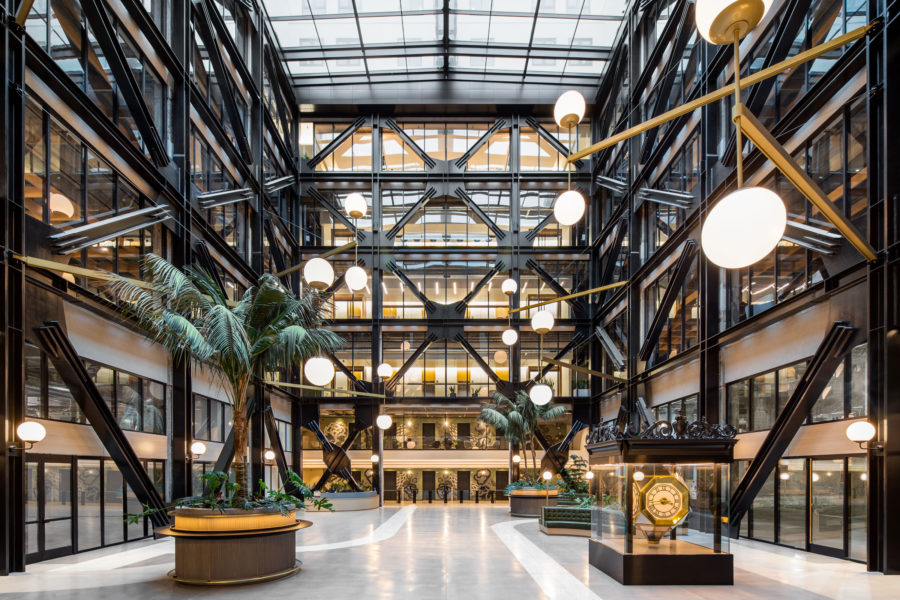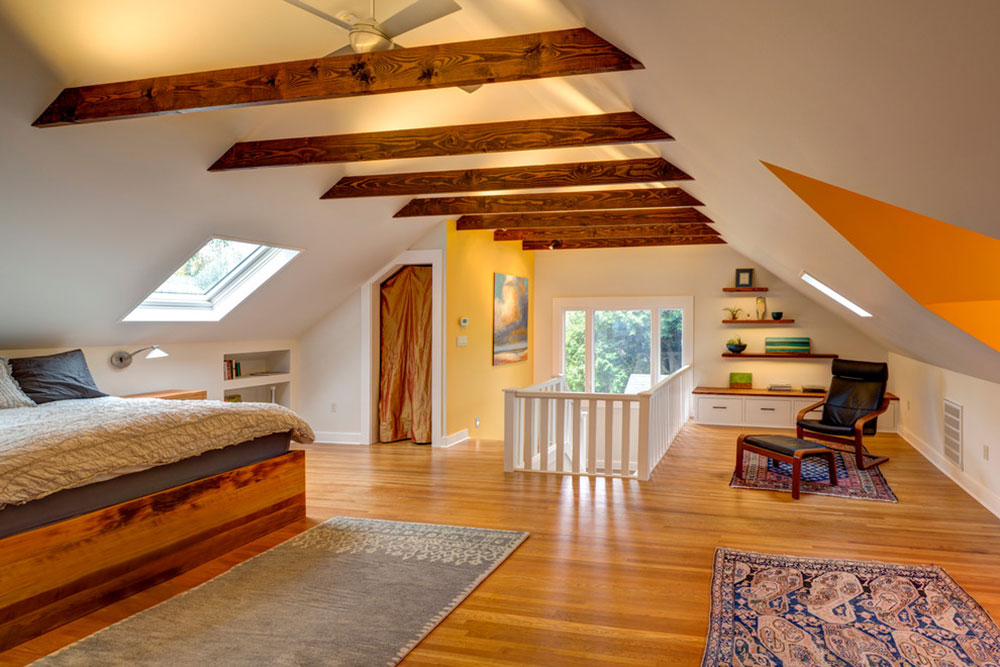In the quest for a more sustainable future, many homeowners and real estate developers are turning to green construction approaches. However, successful implementation requires a clear understanding of potential pitfalls. The focus on ecological benefits can sometimes overshadow practical considerations, leading to common mistakes that could compromise the desired environmental outcomes.
Ensuring the success of green construction begins not only by acknowledging these pitfalls but also by adopting proactive measures to avoid them. From choosing the right materials to appreciating the role of skilled labor, there are key strategies that can help avoid mistakes and ultimately lead to thriving eco-friendly construction projects.

1. Understanding Green Building Principles
Sustainable Design Principles
The foundation of green construction lies in sustainable design principles, which emphasize reducing environmental impact by integrating energy efficiency, water conservation, and eco-friendly materials.
Benefits of Green Construction
The primary aim is to create buildings that not only reduce carbon footprints but also promote healthier living conditions for occupants, providing tangible benefits in energy savings and enhanced quality of life.
2. Selecting Appropriate Building Materials
One of the frequent common mistakes in green construction is selecting materials based solely on their eco-friendly label, without considering their suitability for specific environments.
Eco-Friendly Non-Compatible Materials
It’s vital to recognize that not all green materials are universally compatible. Careful assessment of local climate conditions and project-specific needs is essential.
3. Prioritizing Energy Efficiency
Insulation Impact
Proper insulation is a cornerstone of energy-efficient buildings, minimizing heating and cooling demands. Misjudging the importance of insulation can lead to increased energy costs and reduced comfort.
Window Selection
Selecting the correct type of window glass can significantly impact a building’s energy efficiency. This is an area where shortcuts can lead to serious efficiency deficiencies.
4. Comprehensive Planning and Management
Importance of Planning
A detailed and comprehensive plan is crucial to avoid the common mistakes of cost overruns and project delays. Adequate planning encompasses everything from timeline management to adherence to sustainability goals.
Involvement of Professionals
Engaging experienced professionals who specialize in green construction is essential for complex projects, ensuring appropriate techniques and technologies are applied effectively.
5. Water Management Concerns
Smart Water Use
Implementing systems for smart water management not only supports sustainability but also reduces long-term operational costs. Overlooking this aspect can lead to wasted resources and increased operational expenses.
Landscaping Integration
Integrating landscaping with green construction not only enhances aesthetics but also promotes local ecosystems, playing a pivotal role in water management through techniques like rain gardens and native plantings.
6. Misjudging Light Sources
Natural Lighting Misstep
Natural lighting is a critical element in sustainable design that impacts both energy efficiency and occupant comfort. Misjudging window placement or size can lead to artificial lighting dependency.
Fixture Efficiency
Choosing energy-efficient lighting fixtures is key, as reliance on inefficient options undermines the goals of green construction.
7. Importance of Education and Awareness
Stakeholder Understanding
Ensuring that all stakeholders, from contractors to future occupants, understand the goals and methods of green construction is pivotal. This prevents misinterpretations and ensures that environmental objectives are met.
Ongoing Training
Providing training programs and educational resources can help maintain the momentum of sustainable practices in green construction, fostering continuous awareness and improvement.
8. Adapting to Technological Advances
Embracing Innovation
Green building continuously evolves with technological innovations. Staying updated on the latest developments ensures that buildings incorporate the most efficient and eco-friendly solutions.
Integration Challenges
However, incorporating new technologies can be challenging, requiring consideration of integration and compatibility with existing systems.
9. Evaluating the Life-Cycle of Building Products
Full Life-Cycle Cost Analysis
Performing a full life-cycle cost analysis, considering production, installation, maintenance, and disposal, can prevent long-term financial pitfalls.
Importance of Longevity
Prioritizing durable and sustainable materials enhances overall efficiency and aligns with green building principles by minimizing replacement and retrofitting needs.
10. Addressing Regulatory and Certification Standards
Navigating Regulations
Understanding and adhering to local regulatory standards is essential. Failing to comply can result in non-certification of projects and potential legal repercussions.
Certification Benefits
Acknowledging the added value of certifications, such as LEED, can enhance project credibility and marketability, while ensuring the highest green standards are met.
11. Overcoming Budget Constraints
Balancing Costs
Budget constraints often lead to critical common mistakes, where financial limitations overshadow sustainable goals. Finding a balance is crucial for achieving green construction objectives.
Value Engineering
Implementing value engineering techniques allows for optimal risk-return decisions, integrating a strong focus on cost efficiency while preserving sustainability.
12. Community Impact and Engagement
Community Involvement
Involving the community in green construction projects builds awareness and acceptance, which can significantly enhance the success of sustainability initiatives.
Positive Social Impact
Projects that consider their ecological footprint and social impact foster a positive community spirit, combining ethical building practices with community welfare.
13. Missteps in Operation and Maintenance Planning
Maintenance Plans
Creating detailed operation and maintenance plans is critical. Overlooking this aspect may lead to additional costs and diminished sustainability over time.
System Efficiency
Ensuring that systems are maintained correctly enhances their efficiency and longevity, supporting long-term sustainability goals.
14. Data-Driven Decision-Making
Importance of Data
Utilizing data for informed decisions can prevent costly errors and enhance the overall success of green construction projects.
Software Tools
Employing sophisticated software tools assists in capturing real-time sustainability metrics, promoting transparency and accuracy in project implementation.
15. Leveraging Collaborative Models
Team Collaboration
Effective collaboration across multidisciplinary teams is essential for overcoming challenges and achieving optimal results in green construction.
Collective Innovation
Fostering an environment of collective innovation accelerates the development and implementation of sustainable building practices.

FAQs
What are the key aspects of green construction?
Key aspects of green construction include using sustainable materials, reducing energy consumption, effectively managing water resources, and ensuring indoor environmental quality.
How can budget-friendly green construction be achieved?
Achieving a budget-friendly green construction project involves careful planning, utilizing local materials, and investing in energy-efficient technologies that reduce long-term operational costs.
What certifications can enhance a green construction project?
Certifications such as LEED (Leadership in Energy and Environmental Design) bolster project credibility, ensuring compliance with internationally recognized standards for sustainable building.
By addressing these common mistakes in green construction, homeowners and developers can better navigate challenges, ensuring their projects not only meet environmental standards but also provide cost-effective and sustainable solutions for future generations.
This article contains affiliate links. We may earn a commission at no extra cost to you.




